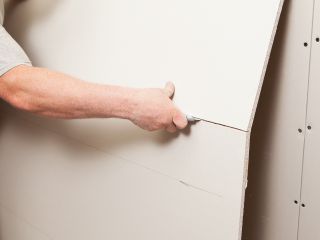
Drywall has long been a staple in modern construction, providing an efficient and cost-effective way to build interior walls. However, questions about its safety arose when the demand for drywall in the United States exceeded supply, leading to the import of substandard drywall from other countries—most notably from China. This imported drywall caused health issues and damaged household electronics, sparking serious concerns about the safety of the materials being used in homes.
The Problem with Imported Drywall
During the housing boom in the early 2000s, builders turned to foreign markets to keep up with demand, importing cheaper drywall from China. Unfortunately, this drywall often contained high levels of sulfur and other chemicals, which led to widespread health and property issues. Homeowners began experiencing problems such as:
- Health symptoms: Nosebleeds, persistent coughing, respiratory issues, headaches, and rashes.
- Corroded wiring: Sulfur in the drywall caused corrosion of copper wiring, leading to electrical failures in appliances, air conditioners, and other electronic devices.
- Unusual household effects: Items made from silver and other metals began tarnishing quickly, and many homes developed a foul odor similar to that of rotten eggs.
These issues were most prominent in coastal regions where heat and humidity intensified the release of toxic vapors from the drywall. It became clear that certain drywall materials could pose significant

